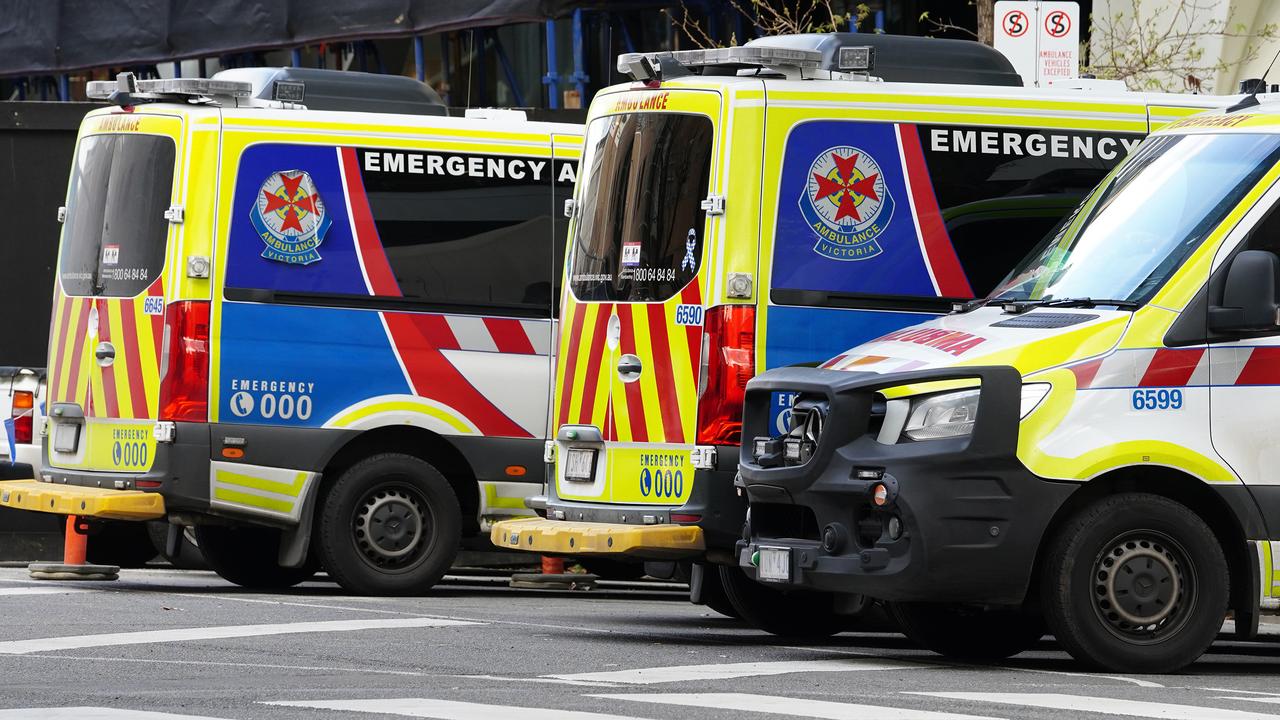Stroke Foundation’s report finds more than 45,000 Australians had a stroke last year
More than 440,000 Australians are living with the effects of a stroke and experts fear the number will continue to soar without urgent action.

Victoria
Don't miss out on the headlines from Victoria. Followed categories will be added to My News.
Strokes have hit a 20-year high in Australia and are on track to soar again, increasing almost 60 per cent by 2050 without urgent action, experts warn.
Strokes cost Australia’s economy $9 billion a year, new data shows, but our healthcare response lags behind other countries, increasing patients’ risk of long-term disability.
More than 45,000 Australians, or one person every 11 minutes, had a stroke last year, the Stroke Foundation’s report found – but this number is set to hit 72,000 by 2050.
Chief executive Dr Lisa Murphy said while our ageing, growing population meant increases were expected, the projections were concerning for our healthcare system and economy.

“This projection is a worrying reality if we do not address the rising tide of modifiable stroke risk factors and improve stroke prevention for all Australians,” she said.
“Not only is stroke costing Australians their lives and livelihoods, it is putting pressure on our health system and economy.”
The foundation’s Economic Impact of Stroke report found more than 440,000 Australians were living with the effects of a stroke.
The report, authored by Monash University researchers, modelled costs from emergency and ongoing healthcare, disability care and patients and their carers’ lost productivity.
The annual $9bn estimate included $1.3bn in NDIS costs alone, while the lifetime costs of just the strokes which occurred last year was $15.7bn, about $355,000 per person.
The top risk factors included high blood pressure and cholesterol, smoking, physical inactivity and obesity.

But the report also found Australia could make multimillion-dollar savings, including by treating more strokes within the crucial golden hour.
Early treatment improves patient outcomes, but choosing the correct option relies first on diagnosing the type of stroke, typically with a CAT scan or MRI.
This is why it can be difficult to treat patients within one hour of their symptoms.
“Despite progress … Australia lags behind our international counterparts with similarly developed health systems in the timely delivery of therapies to return blood flow to the brain and stroke unit access,” the report said.
It estimated meeting faster treatment targets – Australia has agreed to aim for the year 2030 – would save $26m.
Reducing uncontrolled high blood pressure would save $315m, while boosting access to community rehabilitation would free up$118m.
Monash University Professor Dominique Cadilhac said disability caused by stroke could impact people’s ability to “work or contribute fully to families and communities”.
“Relatives or friends often have to step in and give up work or other activities to help,” she said.
Federal Health Minister Mark Butler said prevention was “the best cure”.
“Our Strengthening Medicare reforms have a strong focus on preventive health.”
More Coverage
Originally published as Stroke Foundation’s report finds more than 45,000 Australians had a stroke last year



